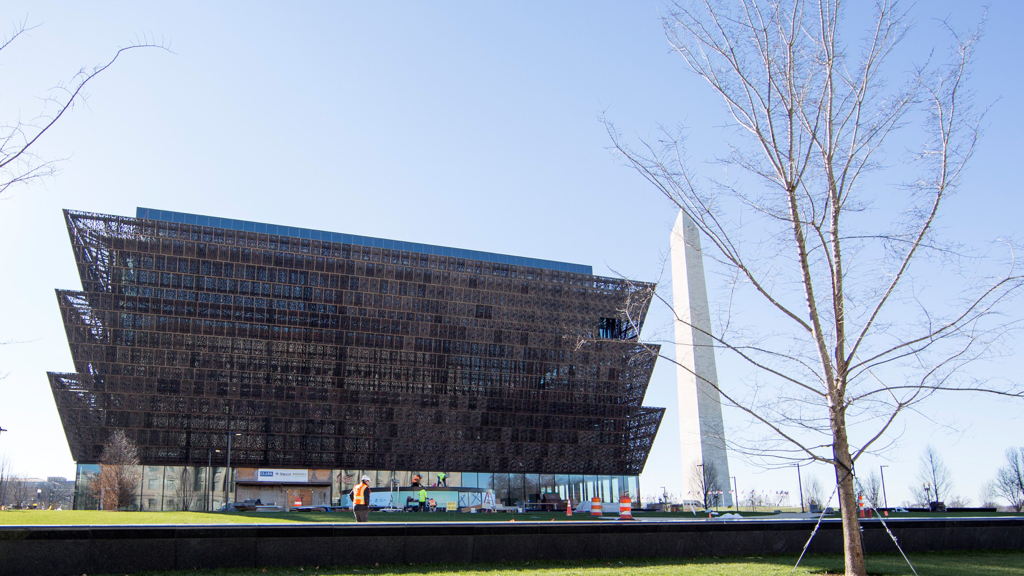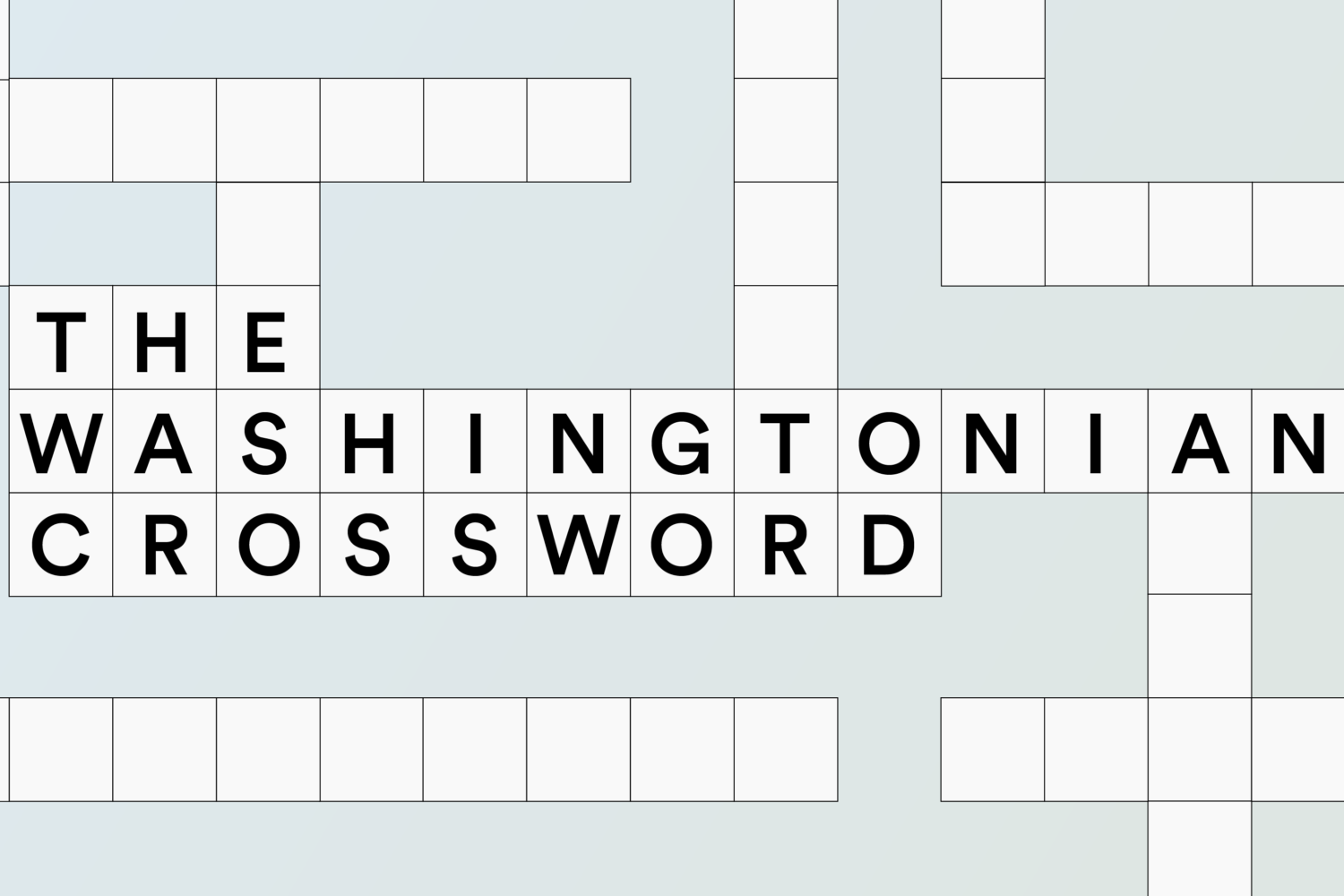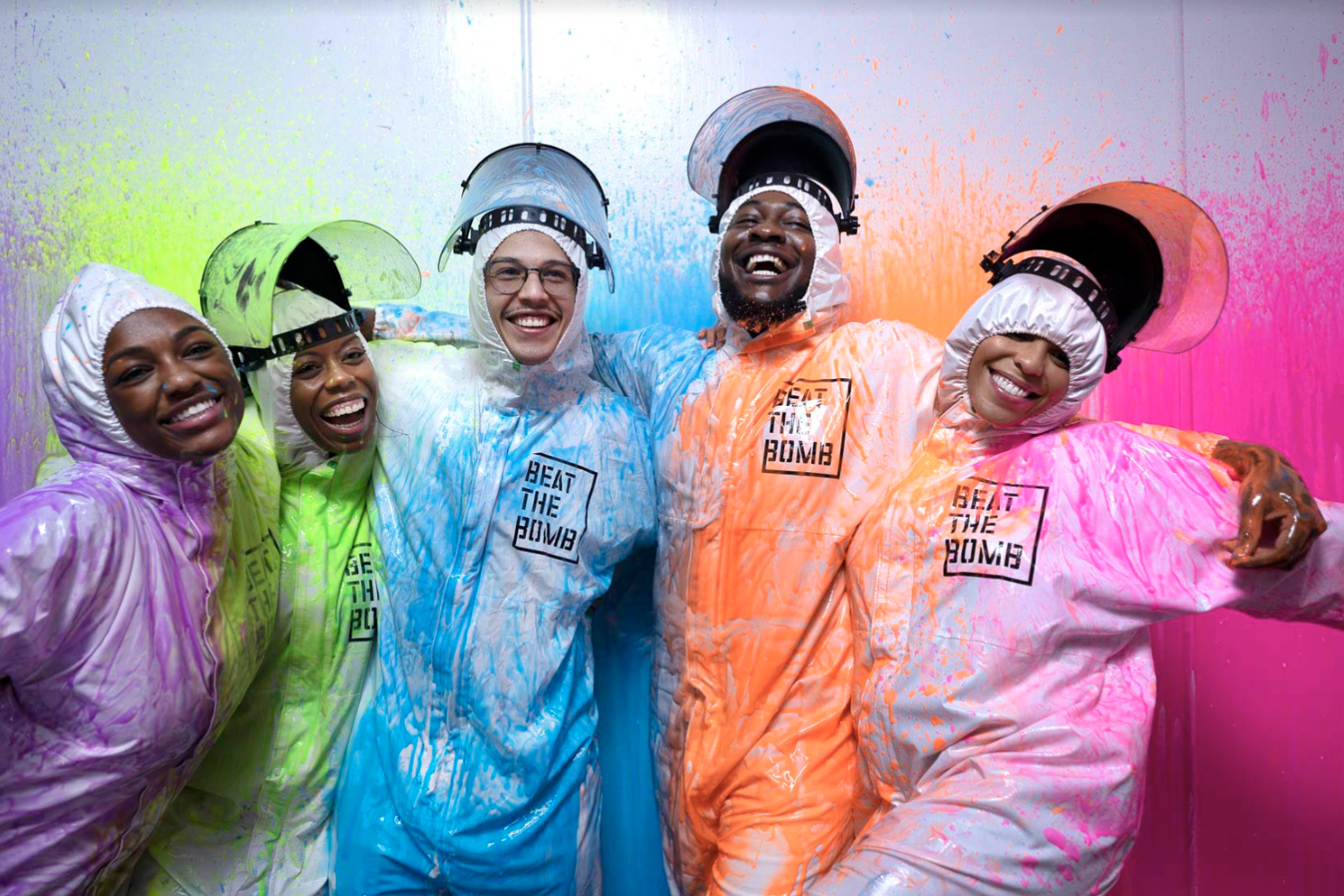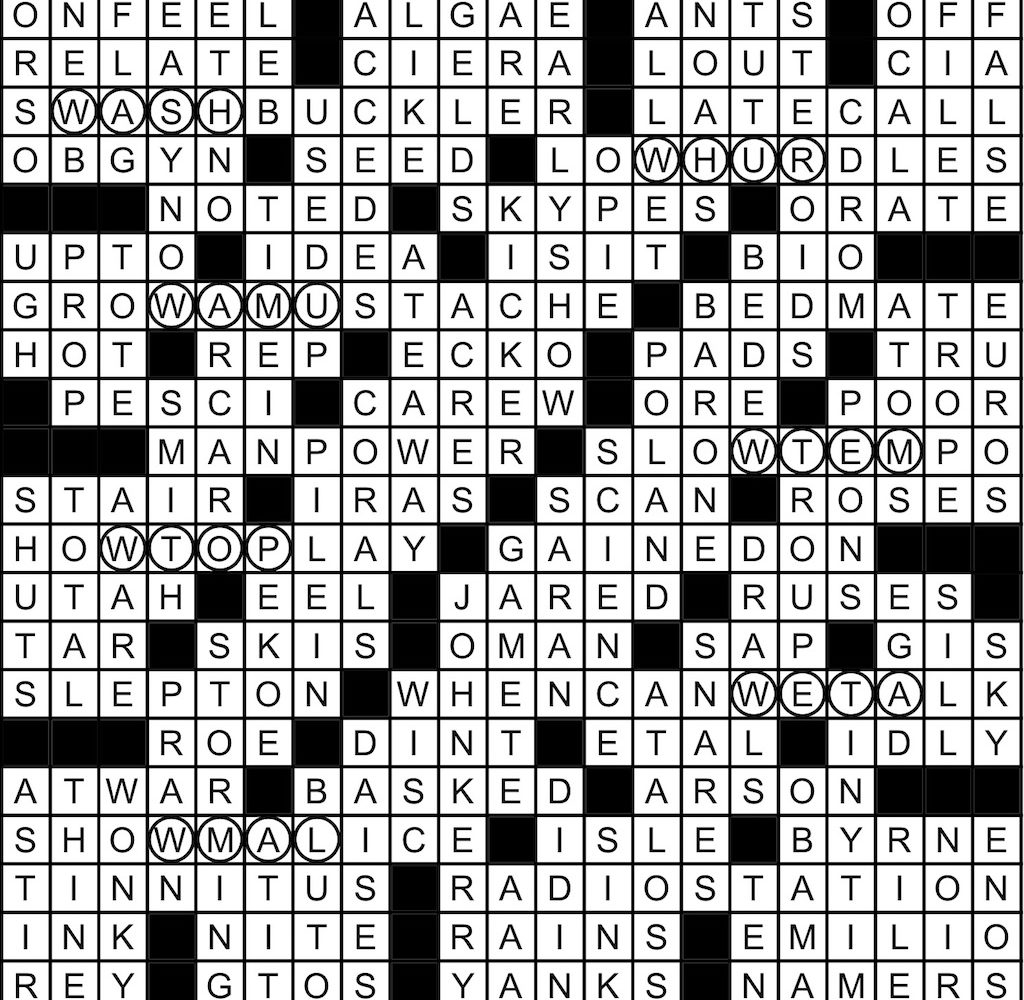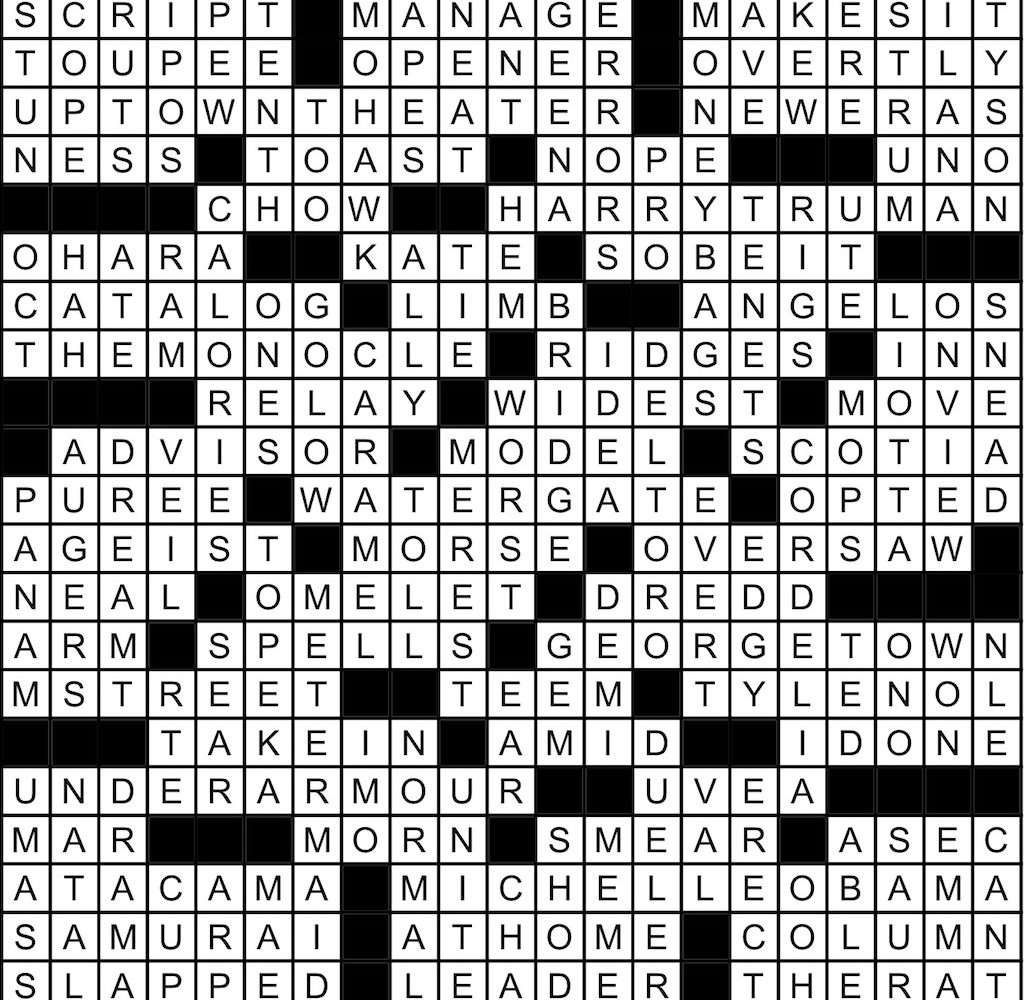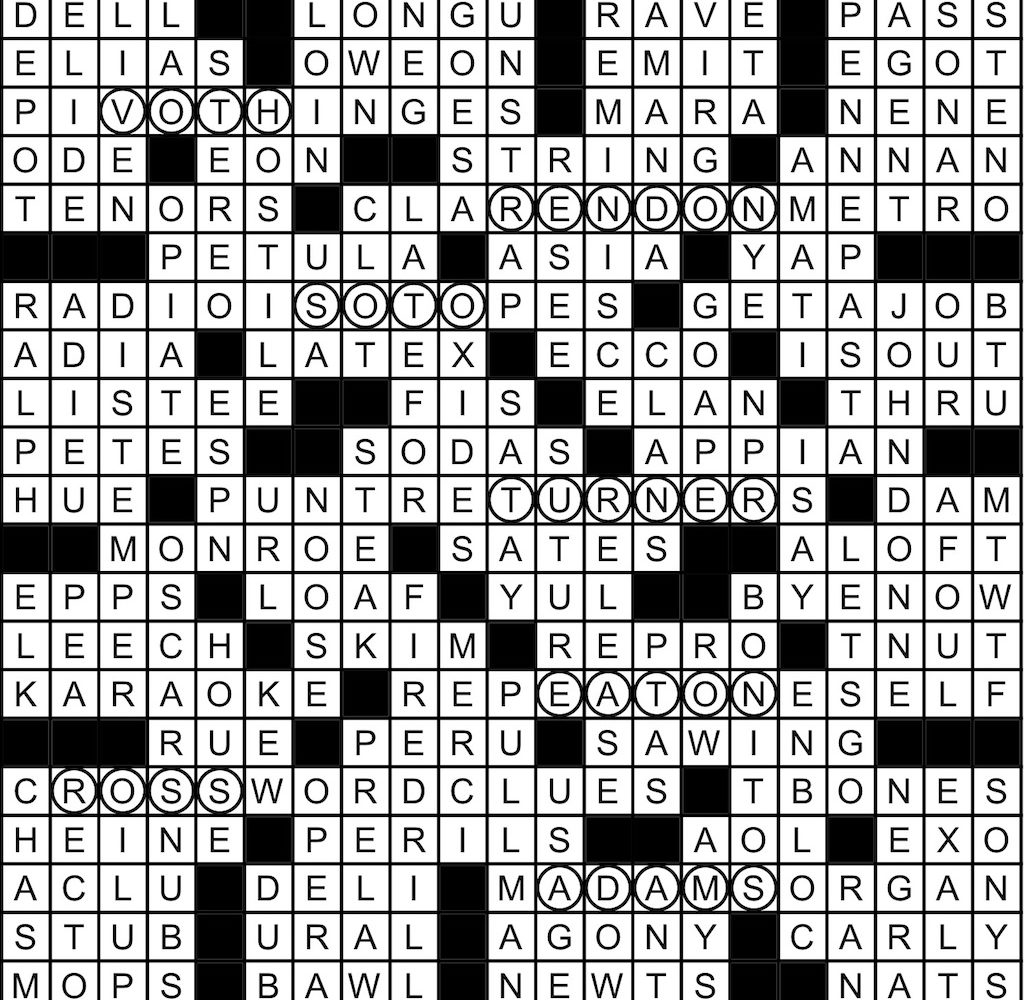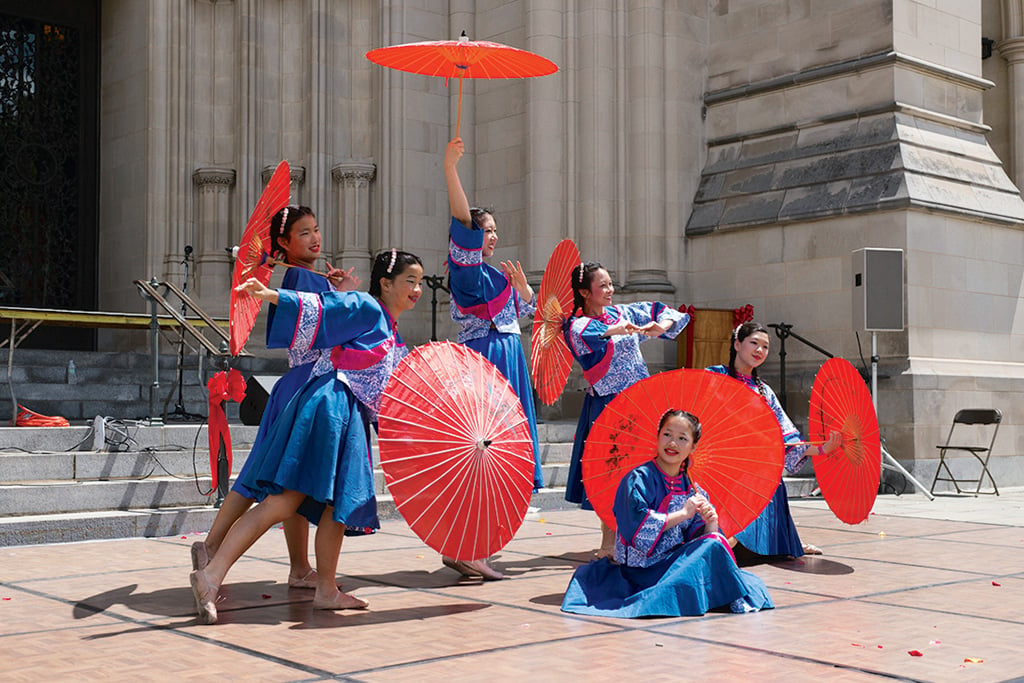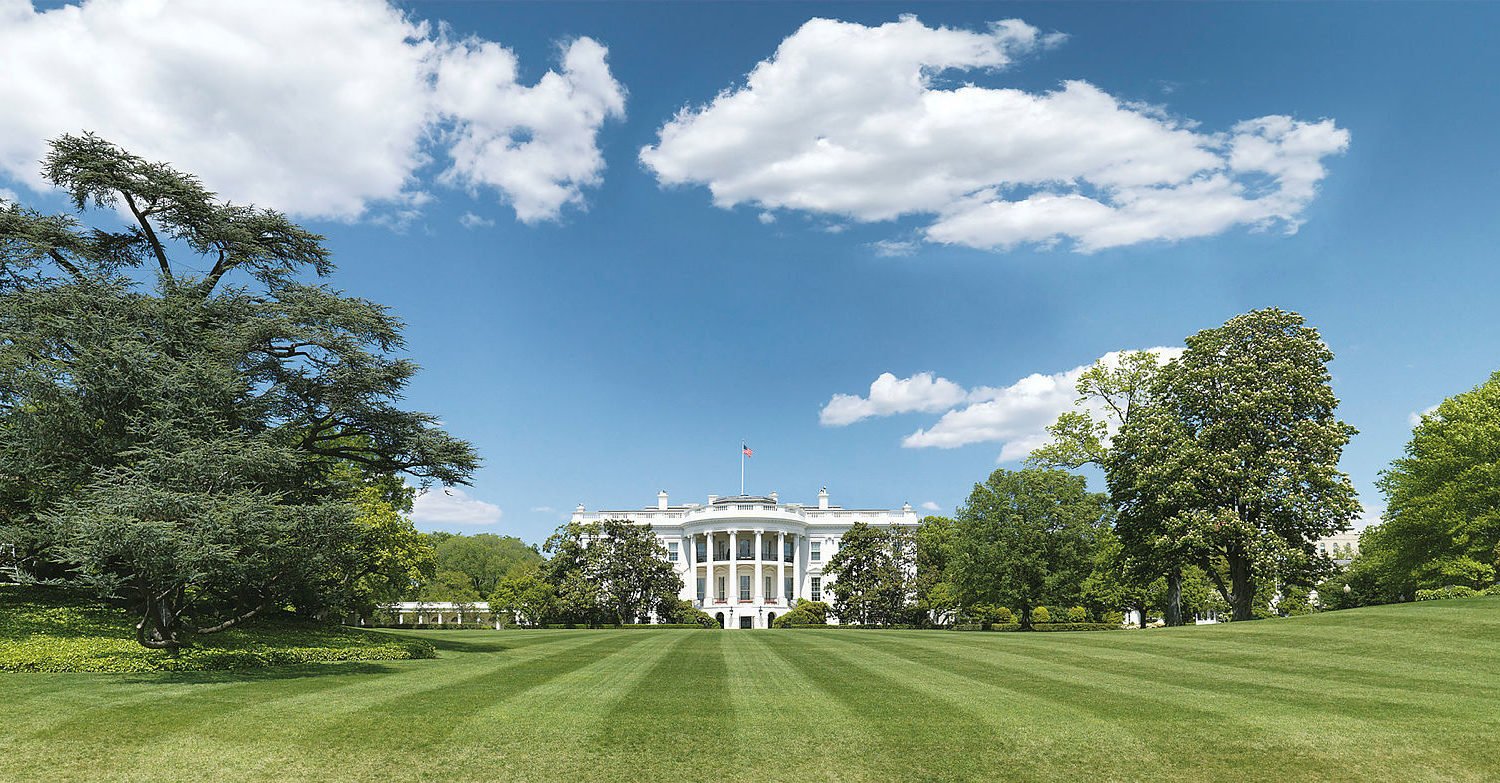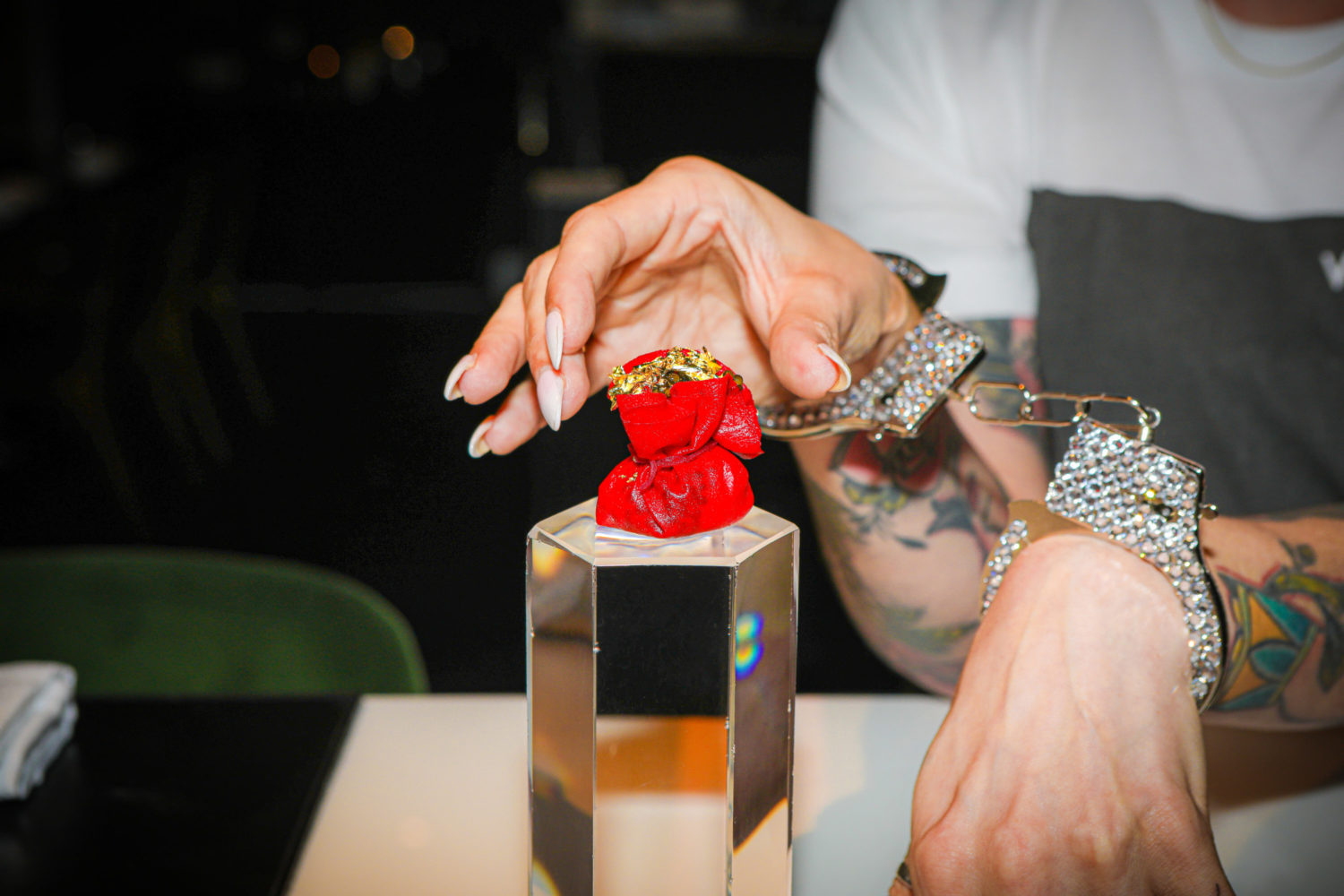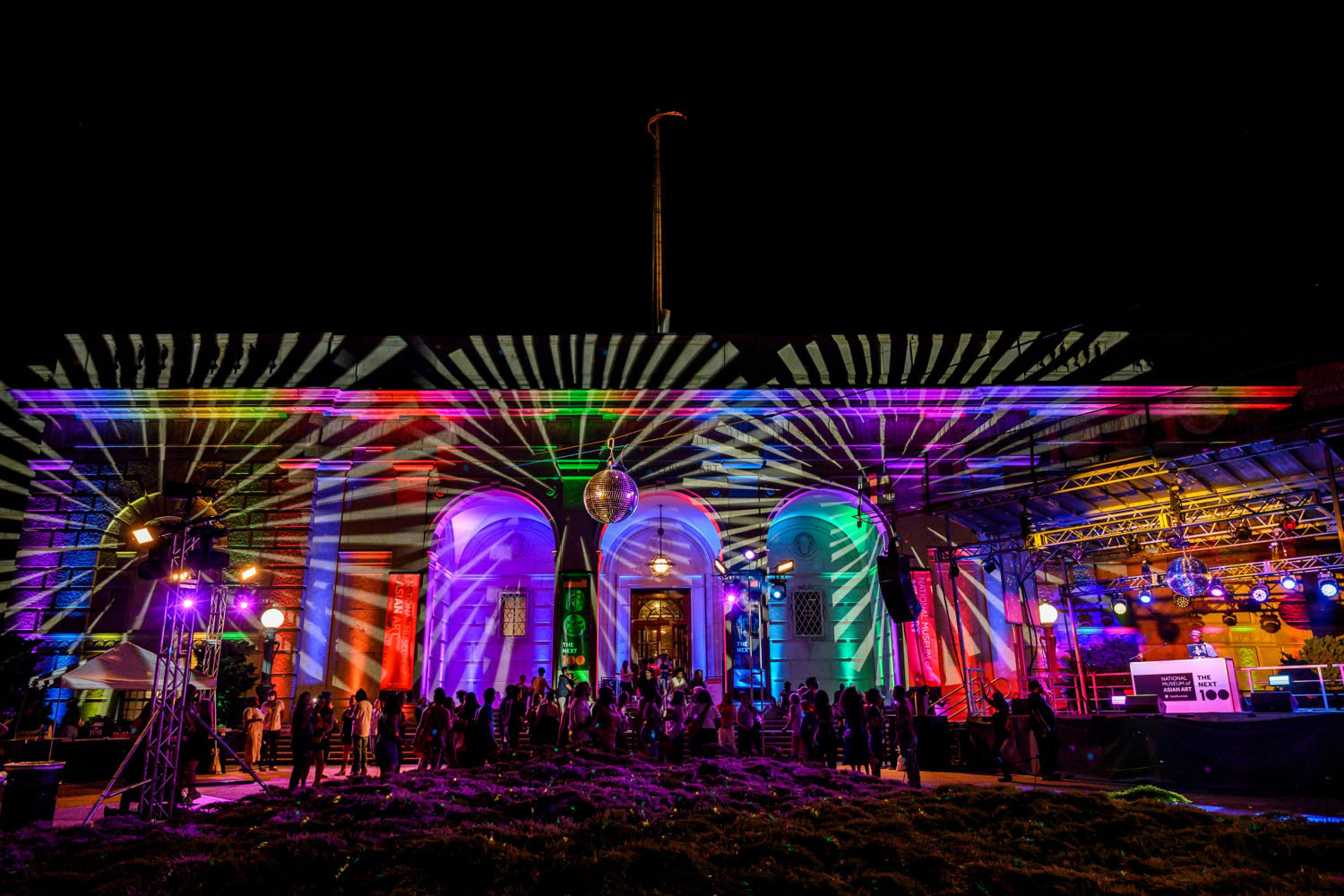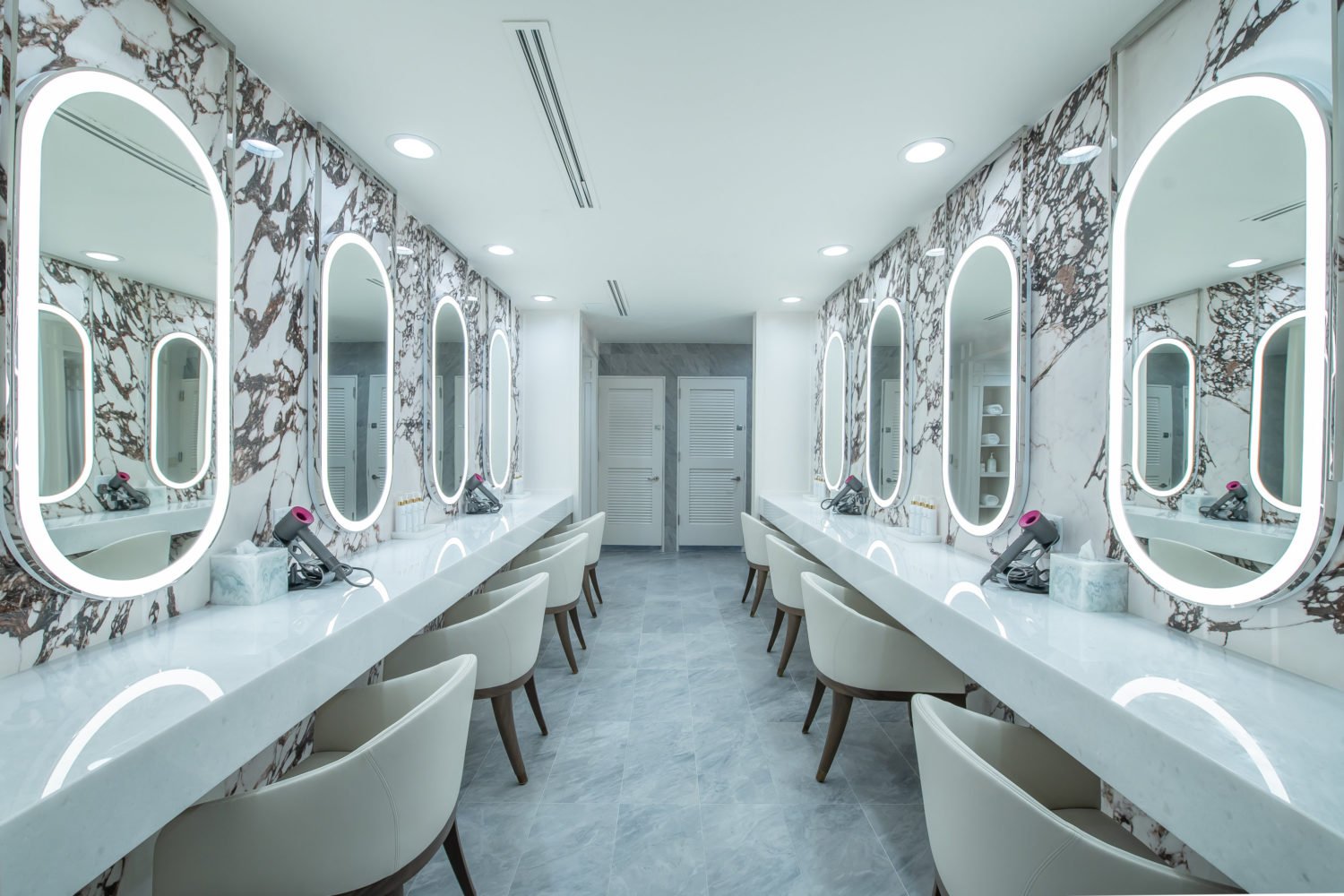The National Museum of African American History and Culture will open September 24, four-and-a-half years after it broke ground on the Mall, the Smithsonian Institution announced Tuesday. The new museum, which will be the Smithsonian’s first major expansion in more than a decade, will kick off with a week-long festival including concerts, dance performances, film screenings, and other events.
President Obama presided over the museum’s ceremonial groundbreaking in February 2012 and will cut the ribbon in September, the Smithsonian says in a news release. The museum’s creation was authorized in 2003; since then, it has raised nearly $500 million in public and private funds to build the its 400,000-square-foot facility on Constitution Ave., Northwest, between 14th and 15th streets, and to assemble a collection spanning several centuries of black history and culture.
“It will be a place for healing and reconciliation, a place where everyone can explore the story of America through the lens of the African American experience,” the museum’s director, Lonnie Bunch, says in the release.
The museum will open with 11 exhibitions that tell African-American stories dating back to the Atlantic slave trade and running through the foundation of the United States, abolitionist movements and the Civil War, the Harlem Renaissance, the civil-rights era, the election of the country’s first black president, and the Black Lives Matter movement.
The museum’s collection includes items as diverse as 19th-century bills-of-sale for slaves; Nat Turner’s Bible; a Jim Crow-era railway car (that had to be lowered into the building before the roof was installed); Chuck Berry‘s cherry-red Cadillac; glass shards from 16th Street Baptist Church in Birmingham, Alabama; and the fedora Michael Jackson wore during his 1992 “Victory” tour. Bunch has said previously that the museum will continue adding to its collection as new chapters in African-American history are written—in July 2013, he suggested the Smithsonian might seek to acquire the hooded sweatshirt that Sanford, Florida teen Trayvon Martin was wearing when he was fatally shot by neighborhood watchman George Zimmerman, who was later acquitted of murder and manslaughter charges.
“Regardless of race, we’re all shaped in profound ways by the African-American experience,” Bunch told Washingtonian last year.
The building itself has attracted plenty of notice well before it opens to the public. With five stories above ground and four below, the museum—designed by David Adjaye and Phil Freelon—features education facilities, a theater, and café in addition to its exhibition halls. There is also the Contemplative Court, which the Smithsonian describes as a “water- and light-filled memorial area.” as well as “lenses” in some walls that will offer views out onto the White House, Washington Monument, and other spots along the Mall. Last November, one side of the museum’s terraced, copper hull became a screen for a short film about civil rights by the filmmakers Stanley Nelson and Marcia Smith.

